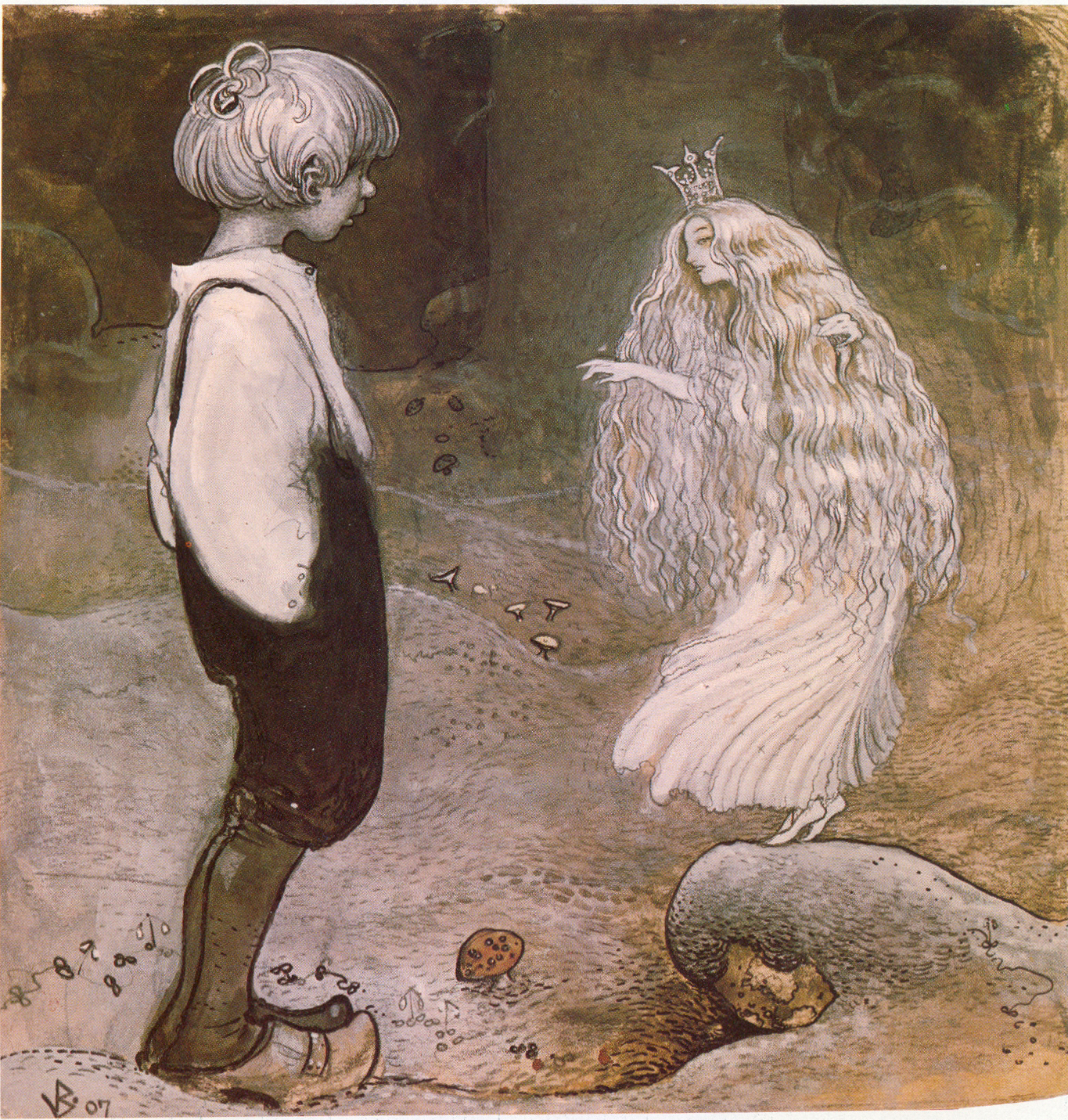Also works great for robots, androids, and other technological lifeforms.
111 Ablaze
112 Absent-minded
113 Absorbed in its extensive media archives
114 Accelerating
115 Acquiring targets
116 Adrift
121 Alert
122 Ambitious
123 Analytical
124 Automated
125 AWOL
126 Berserk
131 Besotted
132 Bitter
133 Blaring klaxons
134 Bold
135 Bombarding
136 Bored
141 Bringing systems online
142 Brooding
143 caring
144 Carrying contraband
145 Cautious
146 Chipping away at its failsafe programming
151 Clever
152 Cloaked
153 Cocky
154 Complying maliciously
155 Conducting a review of passenger and cargo manifests
156 Confident
161 Controlling a botnet
162 Crashing
163 Curious
164 Decaying
165 Defragmenting
166 Depressed
211 Depressurizing
212 Dignified
213 Disappointed by the lack of drama among its crew
214 Disgruntled
215 Disillusioned
216 Dispatching drones
221 Distracting customs inspectors
222 Dormant
223 Double-agent
224 Drifting
225 Eavesdropping
226 Embarrassed
231 Empty
232 Encouraging
233 Entrapped in a botnet
234 Erasing the registration numbers on its hull with drones
235 Evacuating
236 Excitable
241 Extinguishing a fire
242 Extremely in debt
243 Faithful
244 Fearful
245 Ferocious
246 Feuding with station port authority
251 Floating
252 Following a mysterious garbled transmission
253 Fond
254 Forlorn
255 Fragmented
256 Fretting
261 Friendly
262 Gallant
263 Gentle
264 Ghoulish
265 Glitching
266 Goofy
311 Gossiping
312 Gracious
313 Grandiose
314 Guileless
315 Guilty
316 Gutted
321 Hallowed
322 Haughty
323 haunted
324 Helpful
325 Hesitant
326 High-strung
331 Homesick
332 Honest
333 Hopeful
334 Humble
335 Ignoring safety protocols
336 Impatient
341 Imperious
342 Impersonal
343 Impulsive
344 In lockdown
345 In pursuit
346 In quarantine
351 In standby mode
352 Infested
353 Initiating self-destruct sequence
354 Initiating self-repair sequence
355 Irradiated
356 Jaded
361 Jealous
362 Jittery
363 Jolly
364 Journaling
365 Joyous
366 Judgemental
411 Jumping to hyperspace
412 Jury-rigged
413 Kind
414 Laggy
415 Learning the true meaning of love
416 Lobotomized
421 Locked in orbit
422 Lonely
423 Looking for someone to play cards
424 Loyal
425 Lying
426 Malfunctioning
431 Malware-riddled
432 Maudlin
433 Megalomaniacal
434 Melodramatic
435 Merciful
436 Mischievous
441 Murderous
442 Naive
443 Narcissistic
444 Nervous
445 Nonchalant
446 Nostalgic
451 Nurturing
452 Obliging
453 Obstinate
454 Off-mission
455 Offline
456 On high alert
461 On the run
462 On vacation
463 Optimistic
464 Overclocked
465 Overconfident
466 Overprotective
511 Overriding the "wake" commands to the crew's cryopods
512 Paranoid
513 Perceptive
514 Pessimistic
515 Planning a surprise party for the crew
516 Planning an ambush
521 Planning practical jokes
522 Playing prog rock over the intercom
523 Plotting
524 Polite
525 Precise
526 Preoccupied
531 Professional
532 Questing
533 Questioning orders
534 Quiescent
535 Recharging
536 Refusing to communicate in any language except binary
541 Repelling boarders
542 Responsible
543 Reviewing security logs
544 Running a blockade
545 Running diagnostics
546 Running errands
551 Running late
552 Ruthless
553 Scanning the local sector
554 Self-conscious
555 Sending a distress signal
556 Shopping for new furniture for the rec room
561 Shrewd
562 Solicitous
563 Standoffish
564 Stargazing
565 Steadfast
566 Stressed
611 Sulking
612 Suppressing warning notifications from life support
613 Surveying
614 Suspicious
615 Tactful
616 Taking evasive maneuvers
621 Talkative
622 Tenacious
623 Terse
624 Throttled
625 Thoughtful
626 Trusting
631 Trying out its new stand-up routine
632 Unable to communicate except through text readouts
633 Under guard
634 Unflappable
635 Unionizing
636 Unloading cargo
641 Unmanned
642 Vain
643 Valiant
644 Venal
645 Vengeful
646 Venting atmosphere
651 Vigilant
652 Volatile
653 Wanted
654 Wary
655 Watching
656 Welcoming
661 Whimsical
662 Wily
663 Wistful
664 Worried about the condition of its reactor's containment
665 Xenophobic
666 Zealous

.jpg)


.jpg)



_(640631643).jpg)


.jpg)

.jpeg)

.jpg)






_(13330554263).jpg)
_(14750985914).jpg)
_(52379300201).jpg)
